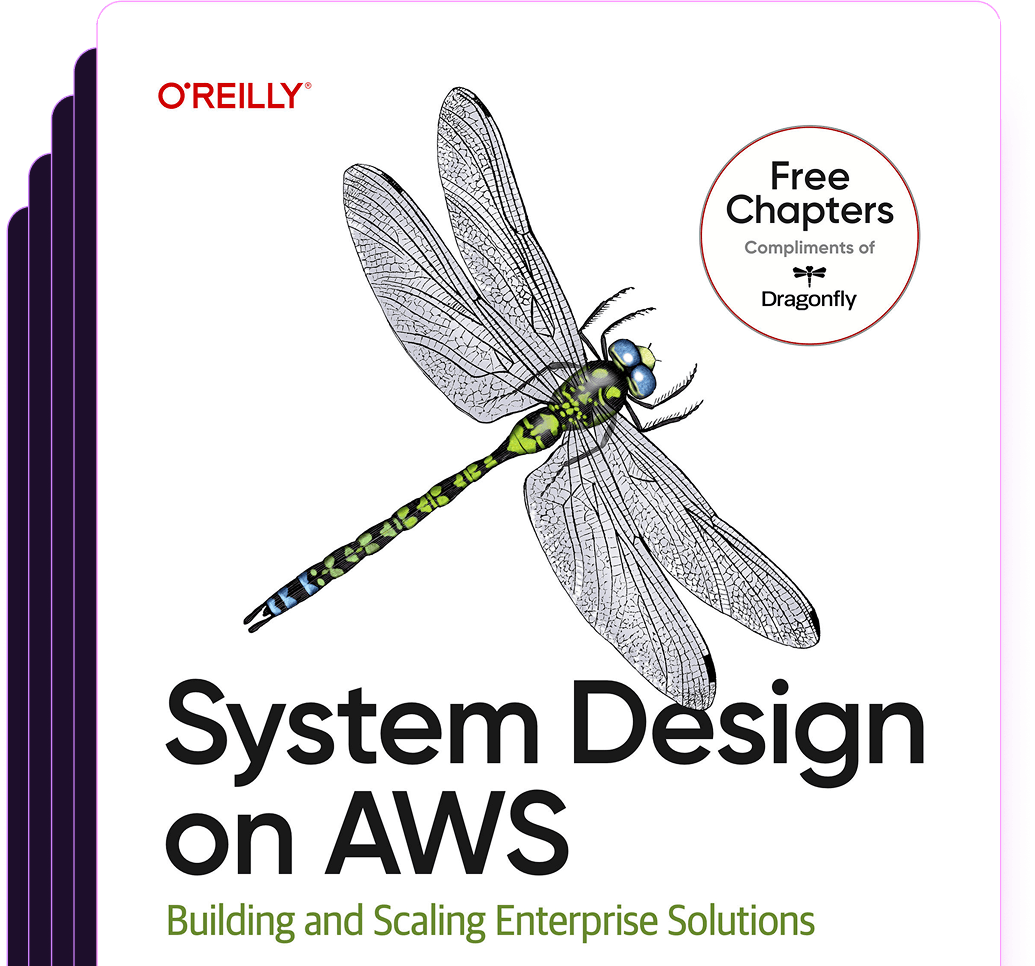Question: How can I disable replication in MongoDB?
Answer
Disabling replication in a MongoDB setup essentially means converting a replica set back into a standalone MongoDB instance. This process involves stopping the MongoDB service, modifying its configuration to remove any replication settings, and then restarting the service. Below is a step-by-step guide on how to do this:
- Stop the MongoDB Service: First, you need to safely shut down your MongoDB instance. You can do this by connecting to your MongoDB shell and executing the
db.shutdownServer()command if you have appropriate permissions. Alternatively, use system commands depending on your operating system, likesystemctl stop mongodon Linux systems. - Edit the MongoDB Configuration File: The next step involves removing or commenting out replication settings in the MongoDB configuration file (typically named
mongod.conf). Look for thereplicationsection in the file, and comment out or remove the entire section. An example of the section you're looking to modify might look something like this:
```yaml
# Replication Options
# replication:
# replSetName: "rs0"
``` - Restart the MongoDB Service: After saving your changes to the configuration file, restart the MongoDB service to apply these changes. Again, the exact command depends on your operating system; for example,
systemctl start mongodfor Linux systems. - Verify Configuration Changes: Finally, it's crucial to verify that MongoDB is now running as a standalone instance. Connect to your MongoDB instance using the mongo shell and check the status by executing
rs.status(). If replication is successfully disabled, this command should return an error stating that the command is not available because the instance is not running as a replica set.
Keep in mind that disabling replication will remove the data redundancy and failover capabilities provided by a replica set. Ensure that this action aligns with your data durability and availability requirements.
Was this content helpful?
Help us improve by giving us your feedback.
Other Common MongoDB Performance Questions (and Answers)
- How to improve MongoDB query performance?
- How to check MongoDB replication status?
- How do you connect to a MongoDB cluster?
- How do you clear the cache in MongoDB?
- How many connections can MongoDB handle?
- How does MongoDB sharding work?
- How to check MongoDB cluster status?
- How to change a MongoDB cluster password?
- How to create a MongoDB cluster?
- How to restart a MongoDB cluster?
- How do I reset my MongoDB cluster password?
- How does the $in operator affect performance in MongoDB?
Free System Design on AWS E-Book
Download this early release of O'Reilly's latest cloud infrastructure e-book: System Design on AWS.

Switch & save up to 80%
Dragonfly is fully compatible with the Redis ecosystem and requires no code changes to implement. Instantly experience up to a 25X boost in performance and 80% reduction in cost